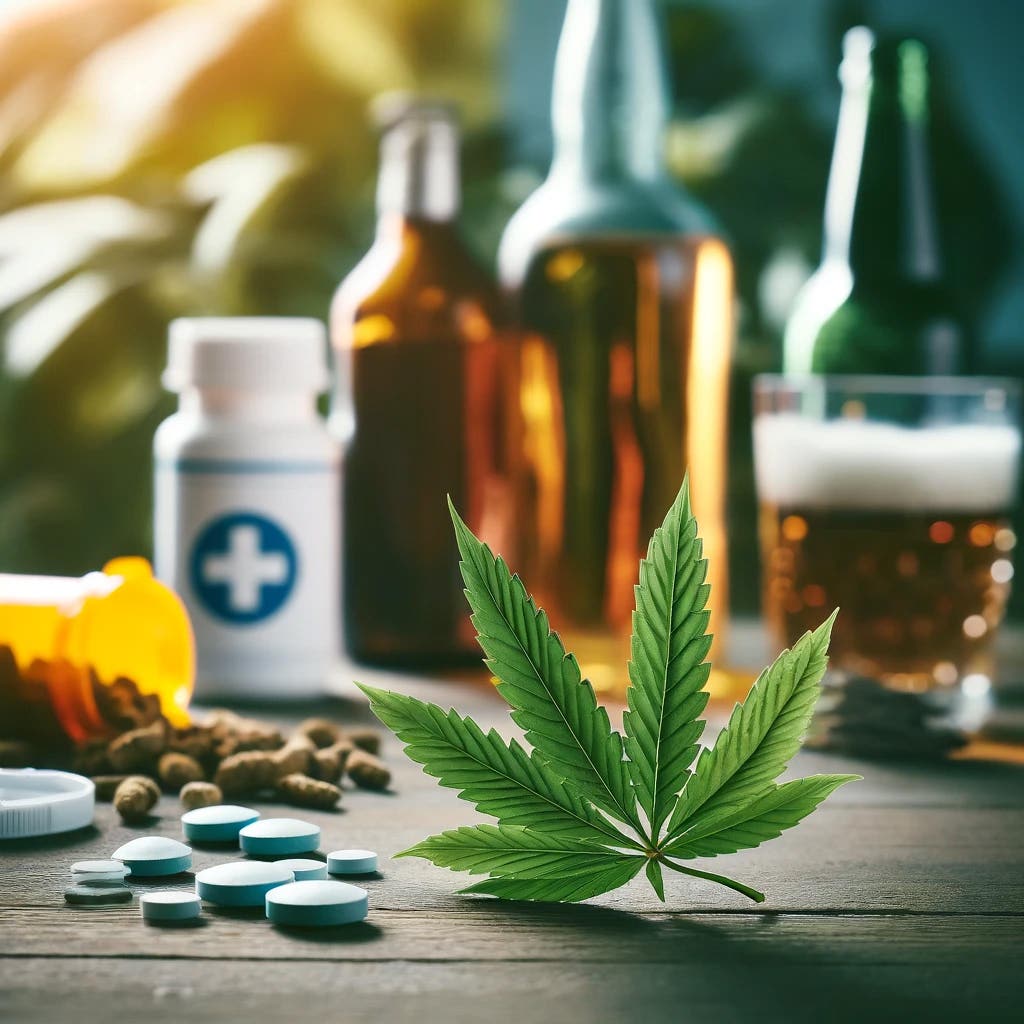Plants of all varieties require three essential resources to thrive in a hydroponic system: water, nutrients, and light. If you already have the water and nutrients prepared for your garden, all that’s left is to ensure your garden gets a proper amount of light. There’s plenty to consider when setting timers and setting up lighting for a smorgasbord of unique plants; by learning about hydroponic lighting and why it’s so important, you’ll strive toward blooming, blossoming vegetation and avoid scorched, unhealthy leaves.
The Need for Light
In a standard outdoor garden, plants take in natural sunlight for 12 to 16 hours out of the day and remain in darkness for the rest of the day. They use this light to produce chlorophyll through photosynthesis, which keeps their leaves green and maintains their ability to produce flowers and buds. Without light, leaves may wither and shift their color from pale green to a dull yellow to white. You may also notice plants growing toward a distant light source in a desperate attempt to take in energy.
Though many gardeners consider the importance of light to their plants, some may forget about how essential darkness is to a growing garden. Much like how our own circadian rhythms regulate our sleep schedules, plants need time out of the light to use the energy they’ve accumulated through photosynthesis and grow.
Different plant varieties require different lighting balances—be sure to research how much light and darkness each plant requires to grow and pair them with plants that have similar lighting needs.
Hydroponic Garden Lighting Solutions
While some gardeners can capture adequate sunlight in an efficient greenhouse-based hydroponic garden, this isn’t possible for many growers. Hydroponic gardeners don’t always have a greenhouse—and having one is certainly not a requirement.
A hydroponic system works best with artificial lights that function on a timer to provide plants with ample light and darkness with minimal effort from the grower. Lights that you may use include:
LEDs
LEDs may be more expensive than most other forms of lighting, but they’re the most energy-efficient lights for your garden. These lights stay cool to the touch while still providing widespread light to your plants. Their energy efficiency and how long they last may make up for their higher initial cost.
Fluorescent Lights
If you’re looking for an energy-efficient light that costs less than LEDs, consider fluorescent lighting. These lights don’t last as long as LED grow lights but still last longer than the rest of the competition. Fluorescents do release some heat, but not a lot.
Incandescent Lights
Though incandescent lights have the lowest price tag, you’ll struggle with how energy inefficient these bulbs are. Incandescents also produce heat that can scorch your plants if you’re not careful.
High-Pressure Sodium (HPS) and Metal Halide (MH)
HPS and MH grow lighting are older forms of gardening light sources. These two forms of lights work best in large-scale growing operations and greenhouses—they create a lot of heat that a hobby farm can’t handle.
By knowing the different forms of hydroponic lighting and why it’s so important, you can brighten up your garden with the lighting that works best for your budget and needs. Connect your lights and your hydroponic system to a timer for maximum efficiency. Don’t forget to equip your containers with light shields from FloraFlex’s catalogue of essential hydroponic growing supplies for hobbyists and experienced growers alike!



















